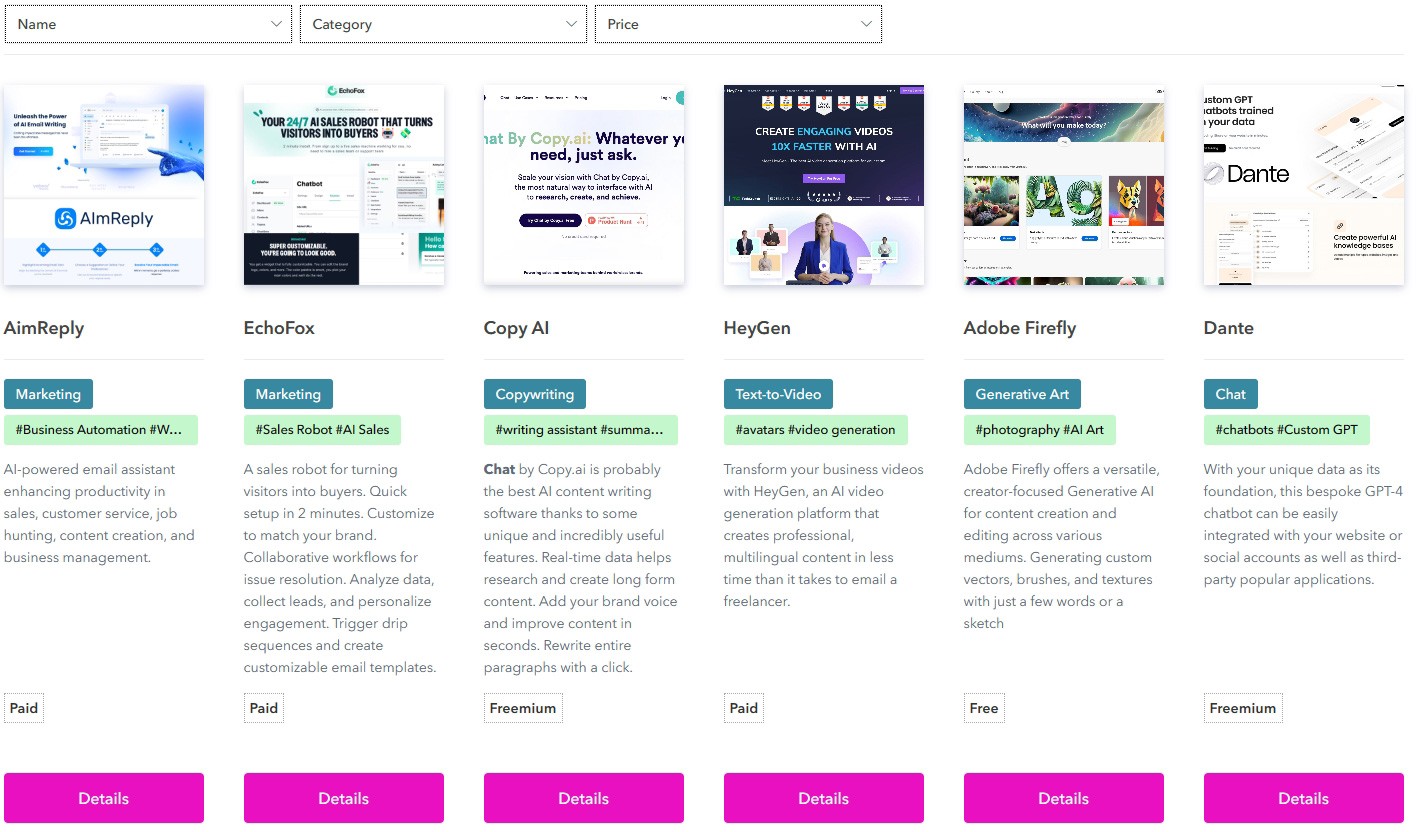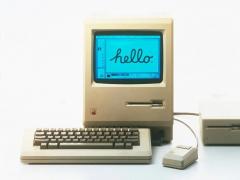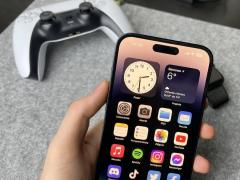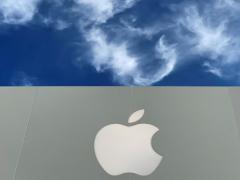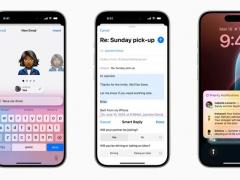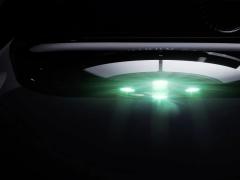Forty years after the debut of the first Macintosh, which mesmerized the world as the word “hello” graced its screen alongside a youthful Steve Jobs, Apple is on the brink of fulfilling its initial dream.
The Mac set a precedent with its graphical user interface, mouse, and keyboard, sparking an entire industry and inspiring copycats, Windows included. The launch, orchestrated by Jobs and attended by notable figures like IDG/Computerworld's Pat McGovern, caused a sensation.
Apple has seen a rollercoaster of fortunes, from monumental success to the brink of failure, only to resurrect itself. The user-centric design of the Mac laid the groundwork for Apple's later innovations in mobile tech, including the notebook, iPod, iPhone, iPad, and the latest, Vision Pro. The evolution continued, transforming the initial on-screen “Hello” into Siri, which stands on the cusp of a new breakthrough.
Despite falling behind its competitors, Apple is determined not to let Siri lag. Significant investments in AI aim to supercharge Siri, as evidenced by Apple's acquisition of 21 AI startups since 2017. This aggressive strategy, noted by Financial Times through Pitchbook data, hints at integrating AI into mobile devices, possibly with iOS 18.
Analysts like Wedbush Securities' Daniel Ives foresee more developments, predicting a major acquisition by Apple in the AI sector. As he conveyed to FT, Apple is actively participating in the AI race.
Reports suggest Apple's dedication to enhancing its AI capabilities. Morgan Stanley analyst Erik Woodring anticipates an "AI iPhone" by Fall 2024, noting an uptick in Apple's recruitment for Deep Learning and Natural Language Processing roles.
Apple aims to pioneer an on-device generative AI, reducing reliance on cloud-based AI and thereby cutting costs. The strategy involves harnessing the Neural Engine in Apple's chips and unique innovations like MLX and "Ferret" for native intelligence.
This advancement would mean a future where a spoken “hello” from your Mac signifies a leap towards synthetic consciousness, blending GenAI LLM models and machine vision. This resembles the technology in Georgie La Forge’s glasses, where "Ferret" translates visuals into words, fueling LLM models.
However, Apple's roadmap remains under wraps, akin to the secretive early days of the Mac. While speculations abound, significant revelations are expected at June’s WWDC, possibly shaping a transformative phase for Apple, much like the Mac did four decades ago.
